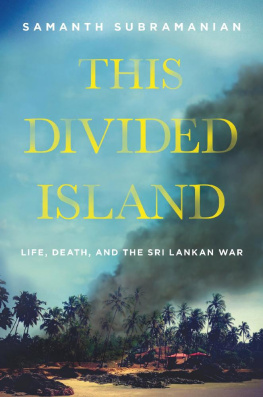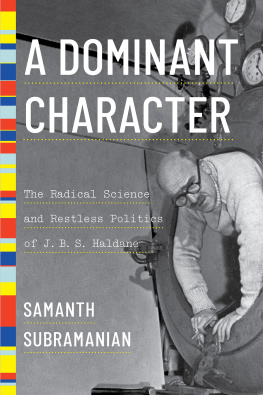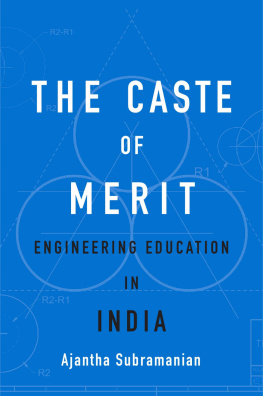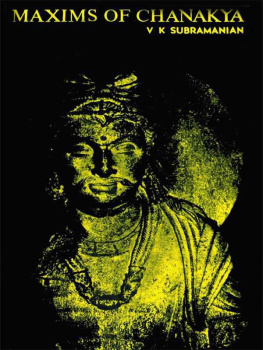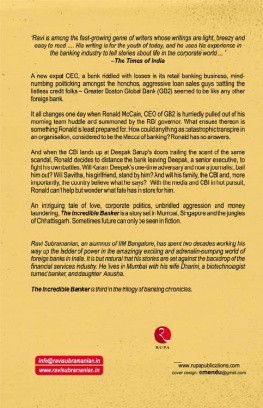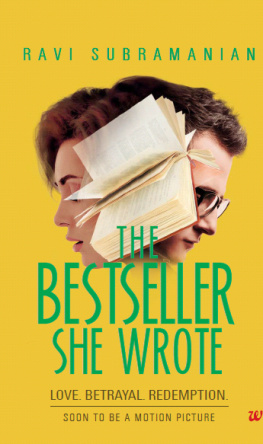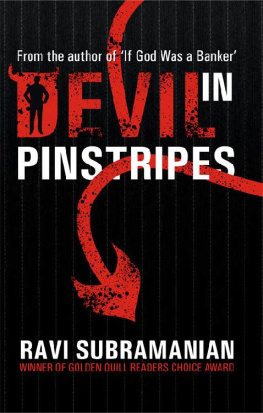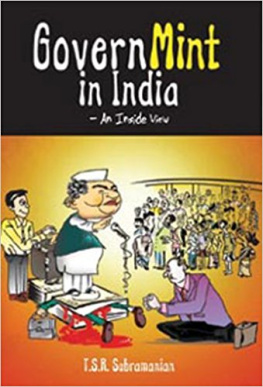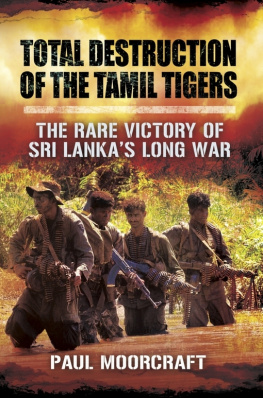
Thank you for buying this
St. Martins Press ebook.
To receive special offers, bonus content,
and info on new releases and other great reads,
sign up for our newsletters.

Or visit us online at
us.macmillan.com/newslettersignup
For email updates on the author, click here.
The author and publisher have provided this e-book to you for your personal use only. You may not make this e-book publicly available in any way. Copyright infringement is against the law. If you believe the copy of this e-book you are reading infringes on the authors copyright, please notify the publisher at: us.macmillanusa.com/piracy.
For Sanjaya, who, like his namesake in the Mahabharata, opened up the world to his unseeing friend
I wish I could persuade you to regard death as casually as we do over here. In the heat of it you expect it, you are expecting it, you are not surprised by anything anymore
Jorie Graham, Spoken from the Hedgerows
In May 2009, when the civil war ended in Sri Lanka, the world sat up and took note. Wars rarely end in such punishing victories these days, and all things considered, perhaps that is a blessing. In its crusade to section off an independent state for Sri Lankas Tamil-speaking minority, a rebel force of guerrillasthe Tigersfound itself squeezed into the northeast corner of the island, hiding behind hundreds of thousands of Tamil civilians on the run. Here the Sri Lankan army, wise to its advantage, rained shells from the sky, wiping out the Tigers but also uncaringly, or even deliberately, slaying thousands of civilians. The United Nations thought more than 40,000 non-combatants must have died in this waymore than 40,000 women, children, and men routed from their homes, trapped on the front, baking in the early summer heat, huddling in tarpaulin-covered bunkers, praying for survival. The shells pulverized trees and gouged out the earth. As a pebble does in a tin box, the carnage reverberated particularly loudly within this small island, this knot of rock just off the coast of India.
For a while, the sheer misery and tragedy of these events swamped any ability to think about the full arc of the war. Interrupted only by a couple of short, patchy ceasefires, Sri Lanka fought the Tigers for the better part of three decades. Unwatched by most of the world, the war raged and raged, feeding itself some strange fuel that lent it such durability; it must be among the longest continuous wars since the beginning of the twentieth century, if not the very longest.
It is curious to locate the proximate cause of a war in something as noble as a desire for education. When Sri Lanka broke free of British rule in 1948, the seats in its universities were occupied to disproportionately high levels by the minority Tamils, who through quirks of colonial history spoke better English and were better educated than the majority Sinhalese. The Tamils then went on, after university, to fill the civil service, the countrys most reliable provider of employment at the time. To the countrys Sinhalese who suddenly found themselves empowered with a vote, and therefore to the government, this state of affairs appeared too lopsided and unfair to continue.
When laws and quotas were enacted to protect the interests of the Sinhalese, the Tamils felt they were being discriminated against. The frictions between the two communities erupted repeatedly into ghastly riots; in the worst of them, the Black July riot in 1983, roughly 3,000 people were killed, many of them burned alive. Tamil houses and shops were looted and burned, and 150,000 Tamils were rendered homeless. When a clutch of Tamil militant groups had begun to emerge in the 1970s, to agitate for a free Tamil state, they found only a trickle of willing recruits; after Black July, though, they were flooded by young men and women wanting to fight, and none more so than the Tigers.
Starting as a ragtag outfit carrying out the odd guerrilla attack, the Tigers grew into a fearsome terrorist organization. They ran arms and drugs, pulled in funds from a Tamil diaspora scattered across the planet, killed thousands of civilians, assassinated presidents and prime ministers, and perfected the art of the suicide bomber. They kept their own people, the Tamils, in line by intimidation and murder. In their full pomp, the Tigers controlled vast wedges of territory in the north and east of Sri Lanka, where flat, hot, sandy coasts meld gradually into jungle. Here they ran their own country in all but name, collecting taxes and policing the streets and adjudicating disputes. But the Sri Lankan state was always just outside the door, impatient to snatch back its land, working itself up into a state of angry nationalism. Buddhism, the religion of most Sinhalese, developed a vocal right wing; its monks entered politics, pressed for a more merciless war, and dreamed of a purely Buddhist island.
The vicious turbulence of these social changes, and of the war itself, made it easy to forget that, underneath it all, there were Sri Lankans trying to lead regular lives: earning a living, sending their children to school, writing novels, playing cricket, making lunch. The very word regular was, in such a lengthy and ferocious war, bent almost unrecognizably out of shape. A regular day came to involve keeping your children from being conscripted by the Tigers or being wary about buses that might have bombs planted within them. It came to involve messy loyalties and scarred psychologies, and being sucked into the fighting in unexpected and devastating ways. The longer the war wore on, the more it transmuted the substance of life into something simultaneously strange and revealing. I went to Sri Lanka to discover what became of life before, during, and after the decades of war, and to find out what the conflict had done to the countrys soul.

1948: Ceylon gains independence from Great Britain.
1956: The Sinhala Only Act is passed, making Sinhalese the language of governance and failing to recognize Tamil as an official language.
1958: Anti-Tamil riots break out. An estimated three hundred Tamils across the island are killed.
1971: The government implements the standardization policy, setting higher benchmarks for Tamil students to enter universities.
1972: Ceylon is renamed Sri Lanka, and Buddhism is given the foremost place among the countrys religions.
1975: Velupillai Prabhakaran, 21 years old, assassinates the mayor of Jaffna, Alfred Duraiappah.
1976: Prabhakaran creates the Liberation Tigers of Tamil Eelam (LTTE), a successor to his earlier group, the Tamil New Tigers.
1977: Following the general elections, a fresh wave of anti-Tamil riots breaks out. Around three hundred Tamils are slaughtered.
1983: A Tiger ambush of an army convoy in Jaffna triggers the worst anti-Tamil riots yet. Although numbers are unclear, up to three thousand Tamils may have been killed. The ambush is often considered the beginning of the civil war.
198790: Indian Peace Keeping Forces swarm across the north and the east, trying without success to eliminate the Tigers. When they retreat, the Tigers hold Jaffna.
1991: In retribution for sending in peacekeeping forces, the Tigers assassinate the former Indian prime minister Rajiv Gandhi.
1993: The Tigers are held responsible for the assassination of the Sri Lankan president Ranasinghe Premadasa.
1995: After a brief truce, the Tigers lose control of Jaffna.
Next page
